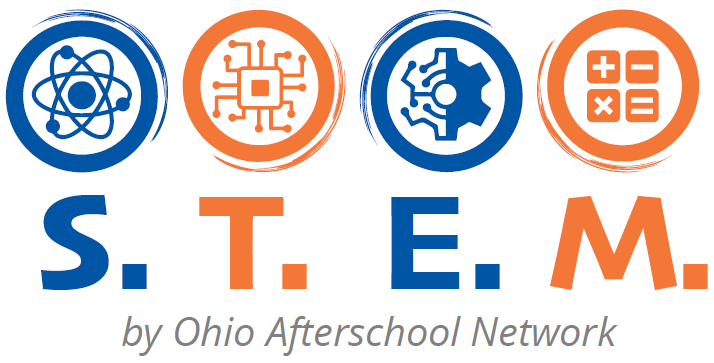What is STEM?
STEM is an acronym for science, technology, engineering, and math. But STEM education is far more than just sticking those subject titles together. It’s a philosophy of education that embraces teaching skills and subjects in a way that resembles real life.
QUICK LINKS:
Why is STEM important?
Getting more young people engaged in STEM is essential in part because jobs in STEM continue to grow at rates double those of non-STEM professions. The United States Bureau of Labor Statistics expects STEM occupations to grow by 8 percent between 2019 and 2029, compared to 3.4 percent for non-STEM occupations. Wages for STEM occupations are also much higher than for non-STEM occupations, meaning they provide financial security to individuals from all backgrounds and a pathway to financial independence for students from low-income communities.
Providing greater opportunities for STEM learning isn’t just about preparing the future workforce. As our world continues to rely more and more on technology, we all require a greater level of STEM literacy and fluency to understand how science and technology play a role.
Greater STEM literacy also helps prepare students to better understand challenges and issues that affect them and their communities.
Why STEM in Afterschool?
K-12 students spend just 20% of their 16 waking hours in school. More than 80% of their time is spent learning outside of school—at afterschool and summer programs, in libraries, museums, science centers, or at home or in the community.
All students need opportunities to engage in quality STEM learning experiences. These can take place across different informal environments, but over the last decade, afterschool programs have become a cornerstone in providing STEM learning for students from all backgrounds in all regions of the country. Afterschool and summer programs provide hands-on learning opportunities and a natural space for students to explore, learn, and grow. These programs spark students’ interest in STEM and computer science subjects, expose them to future careers, and support school-day learning, all while developing a new generation of problem solvers.
Impact of STEM Programs
Increase likelihood
of graduation
Boost proficiency in
math and science
Put students on the path to pursuing STEM careers
Spark life-long connection and curiosity in STEM fields
Provide opportunities to explore careers and connect with role models
Afterschool programs play a major role in providing meaningful science, technology, engineering, and math (STEM) learning experiences to diverse groups of youth. These subjects help students succeed in school and prepare them for careers that are driving global economic growth.
Afterschool STEM offers unique benefits including:
Extra exposure: Children spend less than 20% of their waking hours in school. Afterschool STEM can almost double the amount of time some students have to question, tinker, learn, and explore STEM topics.
Change of scene: Afterschool STEM engages students in hands-on, real-world projects. These programs offer innovative ways for students to practice STEM skills in an informal space. This makes STEM more accessible, more interesting, and helps to build fluency, much like immersing oneself in a new language.
A chance to follow their spark: High-quality afterschool STEM cultivates interest, builds real STEM skills, and helps students connect STEM to their lives and communities.
Opportunity for all: The wealthiest 20% of families spend almost seven times more on enrichment activities outside school for their children than do the poorest 20%. Afterschool STEM helps to close this gap by offering engaging learning programs to a diverse range of students.









